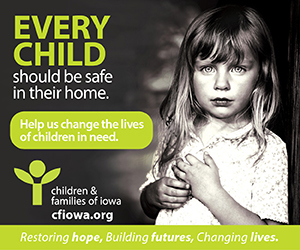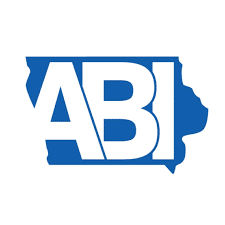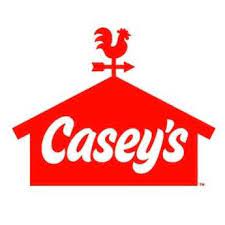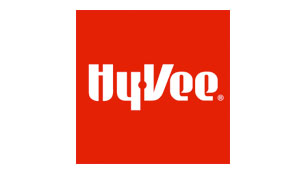Farmland prices raise concerns

We asked Gov.-elect Terry Branstad last week what he thought about the stunning rise in Iowa farmland prices, and you could hear both his political side and his farm upbringing in the answer.
Earlier, Branstad had mentioned the farm crisis of the 1980s, when many Iowa farmers lost their land. In answering our question, he said the current situation doesn’t look like a path to that same outcome.
He said lenders are behaving more responsibly now, and contended that many of today’s buyers are farmers with a healthy amount of paid-off land to bank on. And, of course, prices for corn and soybeans are at unusually high levels, so naturally farmland prices follow.
As the incoming governor, Branstad must be happy to see an example of investor confidence in his state.
However, he grew up on a farm near Lake Mills, and he also said that he can’t see how you can pencil out a reasonable return on land after paying $8,000 an acre.
A number of sales have been recorded recently that are substantially higher than that, resulting in numbers that are even harder to reconcile.
Iowa State University Extension economist Mike Duffy reported in December that the average value of the state’s farmland increased 15.9 percent in 2010, hitting $5,064. He said, “I don’t think we need to be overly pessimistic there will be a crash in values anytime soon.”
We defer to Duffy’s expertise, but we still suspect that the most extreme prices we’re seeing have to fall, and the fall might be hard enough to hurt some people.
OK, we have to admit that some people were worried about a farmland price crash after prices rose 15.6 percent to hit $2,629 in 2004, and clearly they have been wrong so far.
But we still think it’s awfully hard to pencil out a decent return when prices climb into the unpre-cedented neighborhood of $10,000 per acre.










